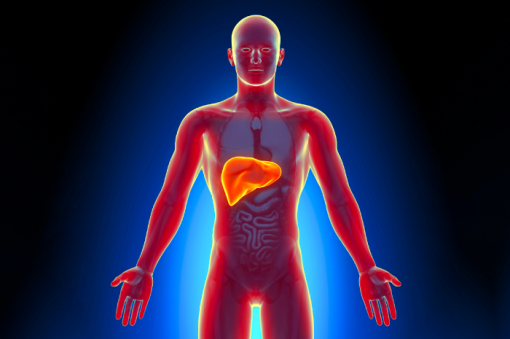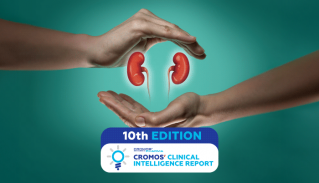
Hemochromatosis Screening And Awareness Month
Hemochromatosis: the Silent Iron Overload Disorder
Hemochromatosis, a hereditary disorder characterized by excessive iron absorption and accumulation in the body, often goes undiagnosed or misdiagnosed due to its subtle symptoms. By understanding hemochromatosis, individuals can recognize the warning signs and seek appropriate medical attention, potentially preventing serious complications associated with iron overload.
Screening for Hemochromatosis:
Early detection of hemochromatosis is crucial for effective management. Although this condition primarily has a genetic basis, screening methods can help identify individuals at risk. One commonly used tool is genetic testing to determine if an individual carries specific gene mutations associated with hemochromatosis. This can be particularly helpful for individuals with a family history of the disorder. Additionally, doctors may order blood tests to assess serum iron levels, transferrin saturation, and ferritin levels. Regular screening is essential for those at high risk, enabling early intervention and prevention of long-term complications.
Signs and Symptoms:
Hemochromatosis is often referred to as the “silent killer” due to its elusive symptoms in the early stages. However, as iron accumulates over time, various signs may manifest. While the specific symptoms and their severity can vary from person to person, it is important to be aware of the common indicators, which include:
- Fatigue and Weakness: Feeling tired and lacking energy are frequent complaints among individuals with hemochromatosis. This can be attributed to iron overload affecting bodily functions.
- Joint Pain and Stiffness: Iron deposition in the joints can lead to discomfort, pain, and limited mobility. Often mistaken for arthritis, joint symptoms can persist or worsen if left untreated.
- Abdominal Pain and Digestive Issues: Iron accumulation in organs like the liver can result in abdominal pain, digestive problems, and an enlarged liver. These symptoms may mimic other gastrointestinal conditions, leading to misdiagnosis.
- Skin Pigmentation: A classic sign of hemochromatosis is a bronze or grayish hue to the skin, especially around the joints. This occurs due to iron deposition in the skin tissues.
- Sexual Dysfunction: Hemochromatosis can impact sexual health, leading to decreased libido, erectile dysfunction in men, or irregular menstrual cycles in women.
- Organ Damage: If left untreated, hemochromatosis can cause irreversible damage to vital organs such as the liver, heart, and pancreas. This can lead to serious complications like cirrhosis, heart problems, and diabetes.
Hemochromatosis, though often underdiagnosed, is a condition that warrants attention, especially for those with a family history or symptoms that may align with the disorder. By recognizing the signs and symptoms, individuals can advocate for proper screening and seek early medical intervention. With timely diagnosis and appropriate treatment, individuals with hemochromatosis can effectively manage the condition and minimize the risk of long-term complications. Stay informed, prioritize your health, and work closely with healthcare professionals to ensure your well-being.
Cromos Pharma has extensive experience in managing all aspects of clinical trials in hematology, in all phases, including rescue, post-marketing and observational studies. Hematology trials represent a substantial part of the company’s research portfolio.
If you have any questions or want to find out more about how Cromos Pharma can support your next clinical program, please get in touch with us by emailing inquiry@cromospharma.com.






























